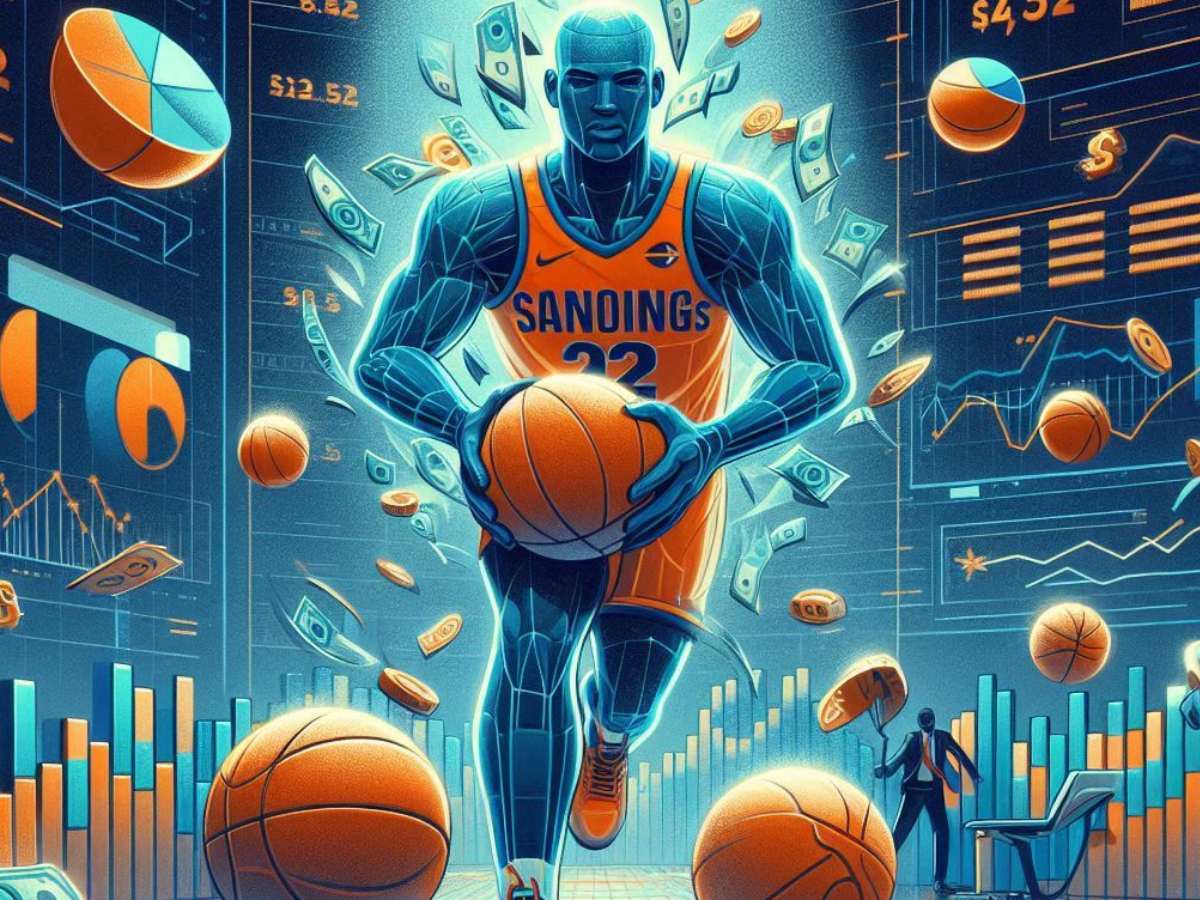The year is 2003. The Oakland Athletics, a baseball team with a limited budget, stunned the sporting world by winning 20 more games than expected, securing a spot in the playoffs. Their secret weapon? Not high-priced players or a renowned coach, but a revolutionary approach rooted in data analysis. This strategy, spearheaded by General Manager Billy Beane and immortalized in the book and film "Moneyball," ushered in a new era in sports known as the "Moneyball Effect."
What is the Moneyball Effect?
At its core, the Moneyball Effect is the application of sabermetrics, a form of advanced statistical analysis, to sports. Sabermetrics, coined by baseball analyst Bill James, involves using complex algorithms and data to evaluate player performance, team strategies, and game outcomes. This data-driven approach allows teams to make informed decisions based on objective evidence rather than relying solely on traditional scouting methods and intuition.
The Rise of Sabermetrics in Baseball
The Oakland A's success story showcased the power of sabermetrics. By focusing on undervalued statistics like on-base percentage and slugging percentage, the A's identified talented players overlooked by other teams. This approach revolutionized baseball, leading teams across the league to adopt similar data-driven strategies.
Sabermetrics Beyond Baseball
The Moneyball Effect's impact quickly extended beyond baseball. Today, virtually every major sport has embraced data analytics to gain a competitive edge.
- Football: Teams use data to analyze player performance, optimize game plans, and predict opponent tendencies.
- Basketball: Advanced statistics help coaches evaluate players, identify optimal lineups, and fine-tune defensive strategies.
- Hockey: Teams track intricate data points like Corsi and Fenwick to assess player performance and make tactical adjustments.
- Soccer: Data analytics plays a crucial role in scouting talent, assessing player performance, and developing game-winning strategies.
The Wider Impact of Sabermetrics
The influence of sabermetrics extends beyond the field of play. It's transforming how sports are consumed and experienced by fans:
- Wearable Technology: Athletes use wearable devices to track performance data, allowing for personalized training plans and injury prevention.
- Fan Engagement: Teams leverage data to understand their fans, personalize marketing efforts, and enhance the overall fan experience.
- Broadcasting: Broadcasters integrate sabermetrics into their coverage, providing viewers with deeper insights and a more enriching viewing experience.
The Future of Sabermetrics
As technology continues to advance, the role of sabermetrics in sports will only grow. We can anticipate:
- AI and Machine Learning: These technologies will enhance the analysis of vast datasets, uncovering even deeper insights and enabling more accurate predictions.
- Virtual and Augmented Reality: Data-driven simulations and visualizations will revolutionize training and fan engagement.
- Personalized Training: Athletes will benefit from tailored training programs based on their individual data profiles, optimizing performance and minimizing injury risk.
Challenges and Considerations
While sabermetrics has undeniable benefits, it's not without challenges. Concerns about job displacement for traditional scouts and coaches, potential biases in data interpretation, and ethical considerations surrounding the use of data are important discussions within the sports world.
The Legacy of Moneyball
The Moneyball Effect, fueled by sabermetrics, has transformed the sporting landscape into a data-driven arena. While the human element remains crucial, data has become an indispensable tool for teams, athletes, and fans alike. As technology and data analysis continue to evolve, we can expect the Moneyball Effect to shape the future of sports in exciting and unpredictable ways.





